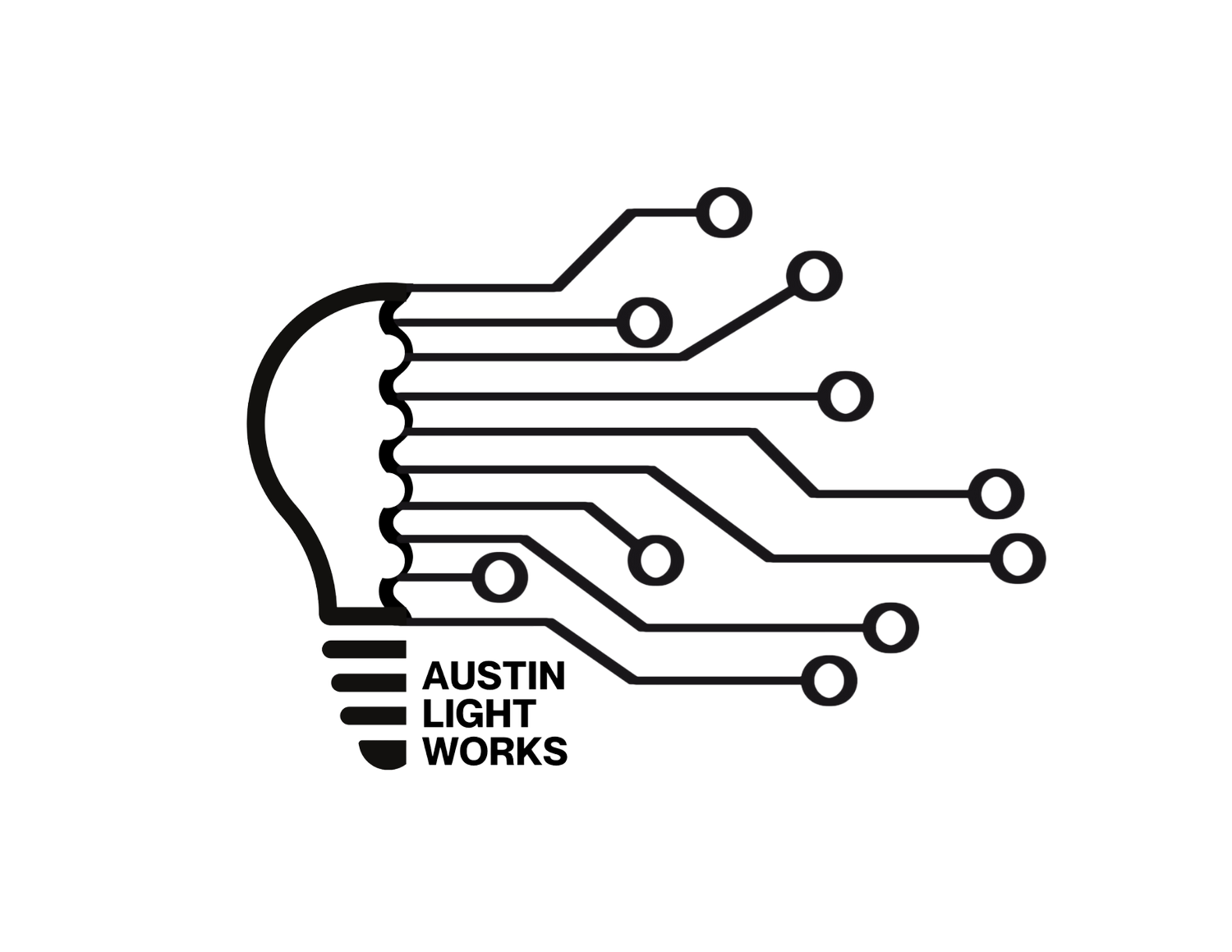Have you ever stopped to think about the impact your physical surroundings have on your health and well-being? We spend approximately 90% of our time in buildings, so it's critical to consider how these spaces affect us. Two leading tools that assess and certify the sustainability and health impacts of built environments are the Leadership in Energy and Environmental Design (LEED) and the WELL Building Standard.
What is the LEED Building Standard?
Established by the U.S. Green Building Council (USGBC), LEED stands for Leadership in Energy and Environmental Design. It is the most widely used green building rating system in the world. LEED certification offers a framework for healthy, highly efficient, and cost-saving green buildings. It primarily focuses on aspects such as water efficiency, energy use, air quality, materials used, and innovative designs that consider the building's environmental impact.
LEED certification recognizes sustainability efforts with four levels: Certified, Silver, Gold, and Platinum. The classification is based on a point system, where a building project earns points for different sustainable and eco-friendly features. The more points a project earns, the higher its LEED certification level.
What is the WELL Building Standard?
On the other hand, the WELL Building Standard, launched by the International WELL Building Institute (IWBI), concentrates more on the people in the buildings. It examines how design, operations, and policies can influence health and well-being, with categories such as air, water, nourishment, light, fitness, comfort, and mind. WELL, much like LEED, uses a similar approach with four certification levels based on a scoring system: Silver, Gold, Platinum, and the newly added Titanium.
While LEED prioritizes the building's impact on the environment, WELL focuses on the building's impact on its occupants. The WELL Building Standard aims to enhance people's health and wellness through the built environment.
The Relationship between LEED and WELL
At first glance, it might seem like LEED and WELL serve different purposes. However, they are more complementary than you might think. LEED and WELL both aim to create spaces that are better for occupants and the environment, but they approach this goal from different angles.
LEED primarily focuses on reducing the negative environmental impact of buildings, making them more efficient and less harmful to the environment. In contrast, WELL aims to transform buildings into environments that improve health, happiness, and productivity, centering the focus on the people within these spaces.
The two standards are designed to work in conjunction, with many similarities and overlap in their credit requirements. In fact, a building can be both LEED and WELL certified. Many design elements that promote human health also benefit the environment, making dual certification a synergistic goal for many projects.
For instance, enhancing natural light in a building can earn points in both systems – it reduces the need for artificial light (energy savings, a LEED focus) and supports human circadian rhythms, improving occupant health and well-being (a WELL focus).
LEED and WELL are distinct yet complementary systems that promote better built environments. LEED ensures that we are good stewards of our environment, while WELL makes sure we're taking care of the people who live and work in these buildings. These standards together encourage the creation of spaces that are not only environmentally friendly but also foster healthier and happier inhabitants.
